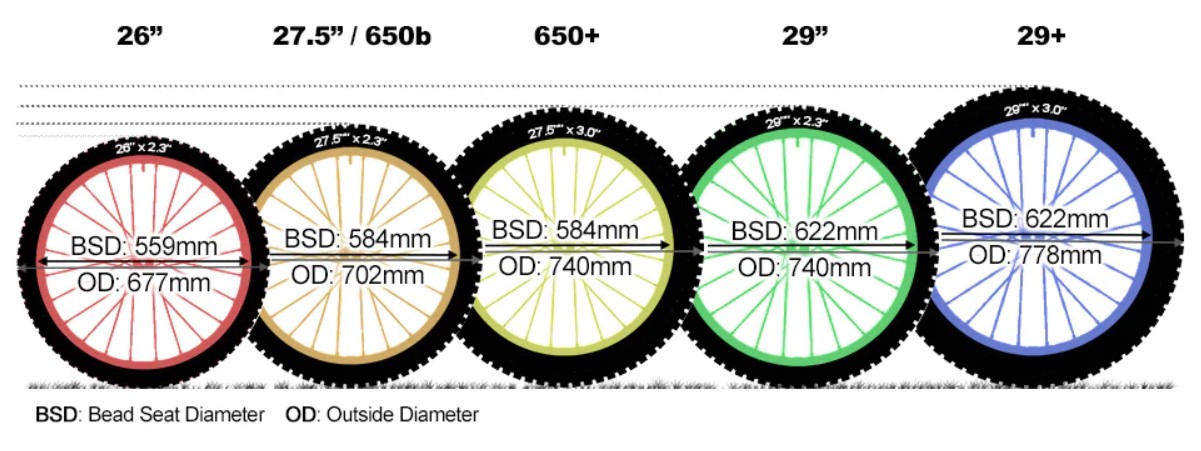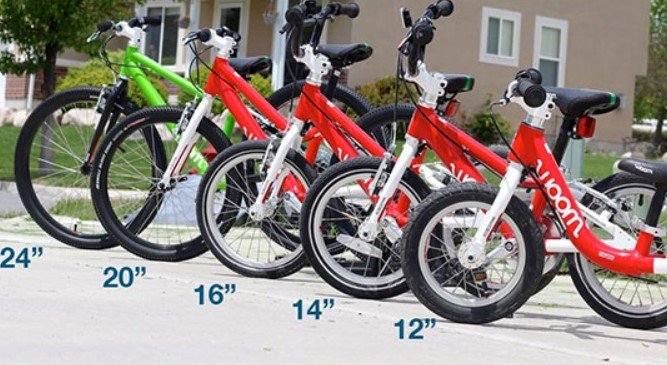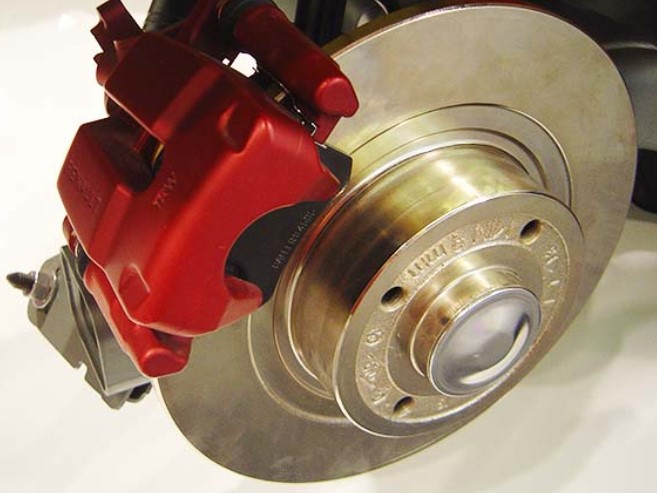Bike wheel sizes are a critical aspect to consider when selecting a bicycle. The dimensions of the wheels influence ride quality, performance, and comfort, regardless of whether you are a road cyclist, mountain biker, or a casual rider. Selecting the appropriate wheel size is really key in boosting your biking experience.
However, the variety of bike wheel sizes can be overwhelming, especially for those new to the biking world. This guide aims to demystify the complex world of bike wheel sizes. We’ll delve into the different sizes available, their ideal applications, and offer insights on choosing the perfect wheel size for your biking needs.
Types of Bike Wheel Sizes

Bike wheels are usually measured in inches or millimeters, and the size can significantly affect the bike’s handling and performance. Here’s a breakdown of the most common bike wheel sizes:
- 12 inches: These are the smallest bike wheels, typically found on children’s bikes. Their small size makes them perfect for young riders, offering stability and maneuverability for those just learning to ride.
- 16 inches: A size up from 12 inches, these wheels are common on kids’ bikes but can also be found on some adult bikes, like folding bikes. They provide a balance between control and comfort for younger riders or adults seeking a compact bike for commuting.
- 20 inches: Often seen on BMX bikes and some hybrid models, 20-inch wheels are the smallest you’ll usually find on adult bikes. They are designed for agility and are suitable for urban environments or freestyle riding.
- 24 inches: Slightly larger than 20-inch wheels, 24-inch variants are frequently equipped on hybrid and mountain bikes. They offer improved stability and are often the choice for teenage riders or smaller adults.
- 26 inches: Once the standard for mountain bikes, 26-inch wheels are now less common but still favored by some riders for their agility and quick acceleration, particularly in technical off-road conditions.
- 27.5 inches (650b): These wheels strike a balance between the nimbleness of 26-inch wheels and the rolling efficiency of 29-inch wheels. They are increasingly popular in the mountain biking community for their versatility.
- 29 inches: The largest of the mountain bike wheel sizes, 29-inch wheels, are known for their superior rolling efficiency over rough terrain. They offer speed and momentum but may be less maneuverable than smaller wheel sizes.
- 700c (28 inches): The standard for road and touring bikes, these wheels are optimized for speed and efficiency on paved surfaces. Their larger diameter allows for smoother rides over long distances.
Choosing the Right Bike Wheel Size

The choice of wheel size is influenced by several factors, including the type of bike, intended terrain, and rider characteristics. Let’s explore these elements in detail:
- Type of Bike: The kind of bike you choose significantly influences the wheel size. For instance, road bikes conventionally use 700c wheels for their speed and efficiency, while mountain bikes often opt for 27.5-inch or 29-inch wheels for better traction and control on rugged terrain.
- Terrain: Your riding terrain plays a vital role in selecting wheel size. Larger wheels are preferable for off-road conditions as they roll over obstacles more easily, maintaining speed and momentum. Conversely, smaller wheels might be more suitable for urban or flat terrains due to their responsiveness and agility.
- Rider Height: Your height can also dictate the appropriate wheel size. Taller riders may find larger wheels more comfortable and efficient, while shorter riders might prefer smaller wheels for better control and fit.
Other Factors to Consider
Choosing the right bike wheel size involves more than just considering the type of bike and the terrain. Several other factors play a significant role in making sure you get the most out of your biking experience. Here’s what else you need to keep in mind:
- Tire Width: The width of your tires is super important for determining the bike’s traction and stability. Wider tires provide more surface area, enhancing grip and stability, especially on uneven terrains like mountain trails. They also offer a more comfortable ride by absorbing shocks better. However, they can add to the bike’s weight and potentially reduce speed. On the other hand, narrower tires are lighter and faster, making them ideal for road biking where speed and efficiency are priorities.
- Rim Width: The width of the bike’s rims also affects the bike’s performance. Wider rims support wider tires, which in turn offer better traction and stability, as mentioned earlier. They also allow for lower tire pressure, which can improve ride comfort. However, as with tire width, wider rims add weight and can impact the bike’s aerodynamics. Ensure that the rim width is compatible with your chosen tire width for optimal performance.
- Brake Type: Your bike’s brake system is another critical factor to consider when selecting wheel size. If you’re using disc brakes, you need to ensure that the wheels are compatible with your brake setup. Disc brakes offer better stopping power and are less affected by wet or muddy conditions, making them a popular choice for mountain bikes. Rim brakes, on the other hand, are lighter and simpler but might not perform as well in adverse conditions.
- Riding Style and Preferences: Your personal riding style and preferences should also guide your wheel size choice. If you prefer agility and quick acceleration, smaller wheels might be more suitable. If you enjoy long-distance rides and need a bike that maintains speed efficiently, larger wheels could be the better option.
- Bike Fit and Comfort: Finally, the overall fit and comfort of the bike are paramount. The wheel size should contribute to a comfortable riding position. You shouldn’t feel overstretched or cramped while riding. It’s super important to test ride different wheel sizes to see which one feels the most natural and comfortable for your body size and riding style.
As we’ve seen, the right wheel size can significantly impact your biking experience. From enhancing performance on specific terrains to making sure a comfortable ride, choosing the right wheel size is a decision that should be made after careful consideration of various factors. Remember, the goal is to find a balance that suits your specific needs as a rider.
Conclusion
Selecting the perfect bike wheel size is more than just an aesthetic choice; it’s about finding the right fit for your individual riding style, comfort, and performance needs. By understanding the different types of bike wheel sizes and considering factors like terrain, rider height, tire and rim width, and brake type, you can make an informed decision that enhances your biking experience. Whether you’re an avid mountain biker, a road cycling enthusiast, or just enjoy casual rides, the right wheel size will make a significant difference in your ride.
For more information and resources on biking, including detailed guides and product reviews, visit our homepage at Best Bike Parks. We are all about providing you with the best advice and information to make your biking journey enjoyable and fulfilling.








